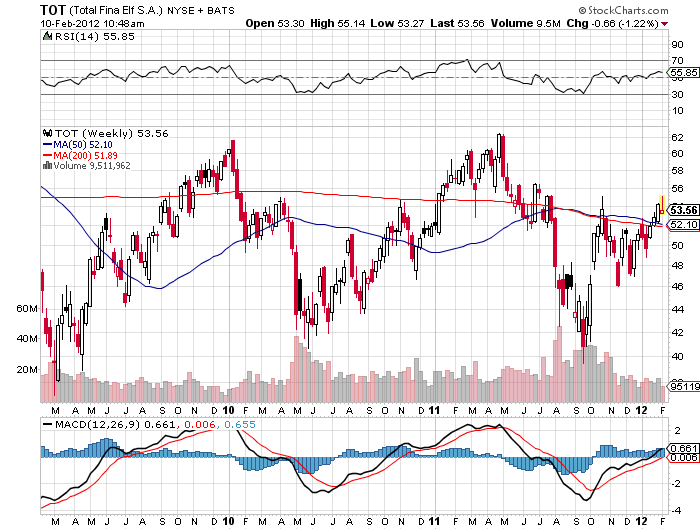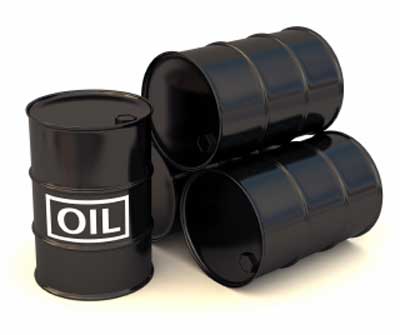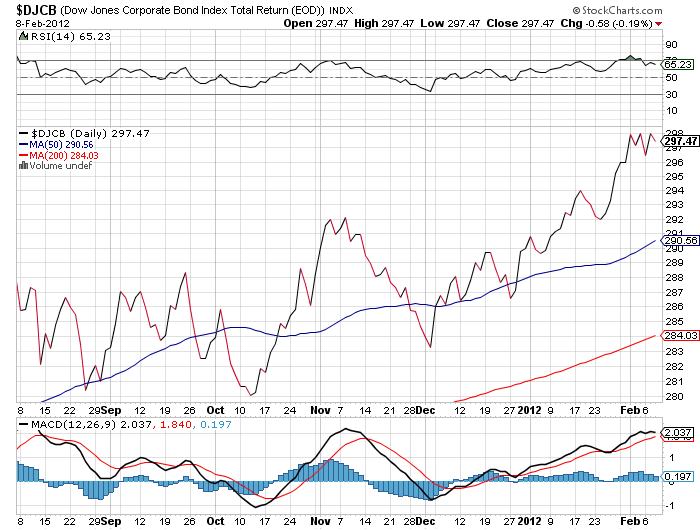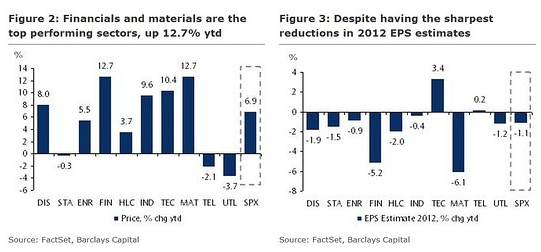Timing & trends
(Marc Faber suggests preserving your wealth with 25% of your portfolio in this basket of high yielding (5%), high-quality stocks) –
There is a huge amount of underground lending throughout Asia. Mr. Bernanke can drop his dollar bills on the U.S., but the growth in dollars here can lead to strong economic growth and inflation in other countries. That has happened in the past few years. I am the most bearish person you can imagine on earth, which is why I recommend putting, say, 25% of your money in equities, 25% in precious metals, 25% in cash and bonds and 25% in real estate. These assets won’t go up substantially this year, but they could preserve your wealth. People say large-capitalization stocks are inexpensive, and I agree. I would buy a basket of high-quality big-caps in Europe and the U.S. You can by Total [TOT], in France, which yields more than 5%,

and Nestlé [NESN.Switzerland]

and Novartis [NVS]

and Pfizer [PFE].

These stocks don’t have huge downside risk.
Because emerging markets saw big declines last year, you could also buy SATS [SATS.Singapore], in Singapore, which provides catering services to the airline industry and ports. It yields 5% and trades for 13 times earnings. I also like K-REIT Asia Management [KREIT.Singapore], a real-estate investment trust that yields 7%. The stock has fallen by about 50% and the dividend might be cut. But even if it is cut to 4%, this is an OK investment. These stocks won’t go up right away, but reinvesting dividends will yield an adequate return over time. StarHub [STH.Singapore], the mobile-phone company, yields 6.9% and the P/E is 14.
Read more articles at Marc Faber’s Financial Doom Blog HERE



China has stepped up the pressure on Iran in the face of Europe’s oil embargo. China will reduce its crude oil imports from Iran for a third month, sources said today, as the two remain divided over payment and price terms, although they plan to meet again for talks as early as this week.
China is the top buyer of Iranian oil and also the fastest expanding major oil importer, putting it in a strong position to negotiate for better terms after it more than halved imports for both January and February.
The reductions for March-loading supplies will be largely the same, if not deeper, than the previous two months, industry officials with direct knowledge of the supply situation told Reuters.
China, which buys around 20 percent of Iran’s total crude exports, cut its January and February purchases by about 285,000 bpd, just over one half of the total average daily amount it imported in 2011.
Spotlight China: Electricity Consumption Drops Sharply; Central Bank Vows Housing Support; Asia Real-Estate Bull Turns Bearish HERE

BlackRock Inc., Fidelity Investments and Charles Schwab Corp., which together manage more than $5 trillion, are all bullish on corporate debt.
The Federal Reserve’s pledge to keep interest rates at a record low through late 2014 means investors should take advantage of the extra yield, or spread, offered by asset-backed securities, commercial mortgage-backed debt and high-yield bonds in the U.S., according to BlackRock. It’s favoring securities due in five years and less, said Rick Rieder, chief investment officer for fundamental fixed-income portfolios for the company, which has $3.51 trillion in assets.
“One of the ways to take advantage of fixed income is to buy spread assets,” Rieder said yesterday in an interview from London. Yields on short- and medium-term Treasuries are “going to be very low for a long time.”

Corporate bonds (Dow Jones Corporate Bond Index chart above) are outperforming U.S. government securities this year as the world’s biggest economy shows signs of growth. Treasuries have returned 0.3 percent, versus 2.4 percent for company debt, according to Bank of America Merrill Lynch indexes.
….read more HERE

It seems like everyone loves the stock market these days. The S&P 500 is off to the races this year. Only a handful of years throughout history compare to the index’s 7.1% surge to kick off 2012.
BlackRock chieftan Larry Fink says asset allocation should be steered toward 100% equities. No questions asked. Even Dr. Doom is less gloomy than he’s been in the past.
Has everyone gone mad?
Cyclicals have led this year’s rally, with financials jumping 13%, materials surging 12% and tech stocks advancing 11%.

While the rally doesn’t look like its petering out anytime soon, Barry Knapp at Barclays Capital offers some reasons for caution.
….read it all HERE













